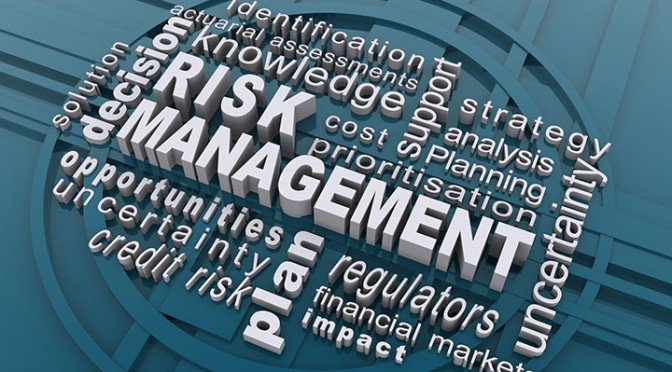The findings of PricewaterhouseCoopers’ (PwC) Global Economic Crime Survey 2014 have business owners and high-level employees reassessing their organisations’ protections against economic crime. Economic crime such as fraud, IP infringement, corruption, cyber crime and accounting fraud plagues organisations of all sizes in all industries across the globe.
PwC’s survey examines the corrosive effects of economic crime and dispels the myth that its damage is negligible — almost 18 per cent of organisations who suffered fraud in 2014 experienced a financial impact between £600,000 and £63 million, and that is just the immediate damage. As the survey makes clear, damage from economic crime persists well into the future in the form of tarnished reputation, lost revenue, delayed entry to new markets, reduced productivity and battered morale.
Every organisation needs protection from economic crime. In 2014, 37 per cent of organisations reported being hit by economic crime, a sharp increase from the 30 per cent reported in 2009 and the 34 per cent in 2011. Economic crime is on the rise—are you prepared? Assess what your organisation is doing to defend against the five most commonly reported types of economic crime listed below, according to PwC. Each type of crime is listed along with the percentage of organisations who reported that crime in PwC’s 2014 survey:
1. Asset misappropriation (69 per cent)
2. Procurement fraud (29 per cent)
3. Bribery and corruption (27 per cent)
4. Cyber crime (24 per cent)
5. Accounting fraud (22 per cent)
Comprehensive crime cover, along with implementing some of the following safeguards, can help your organisation guard itself against the rising threat of economic crime:
• Require mandatory holidays for employees handling payments.
• Separate your accounting and operating functions.
• Inspect goods thoroughly every time you receive a new shipment.
• Limit and control your employees’ access to storage areas.








